In this age of advanced technology, genealogy research has become more accessible than ever before. Online databases, DNA testing, and various research tools have made it simpler for those interested in tracing their roots to find information and documentation that may not have been available to them in the past. However, it’s essential to establish a strong foundation of understanding and properly organize your family tree information from the beginning to make the most of these resources and ensure a fruitful research journey.
Key Takeaways
- Start by understanding the basics of genealogy and collecting family stories, documents, and memories.
- Organize your information and utilize online resources and tools for efficient research.
- Consider implementing DNA testing and building a research plan to help navigate throughout your genealogy journey.
Understanding the Basics of Genealogy
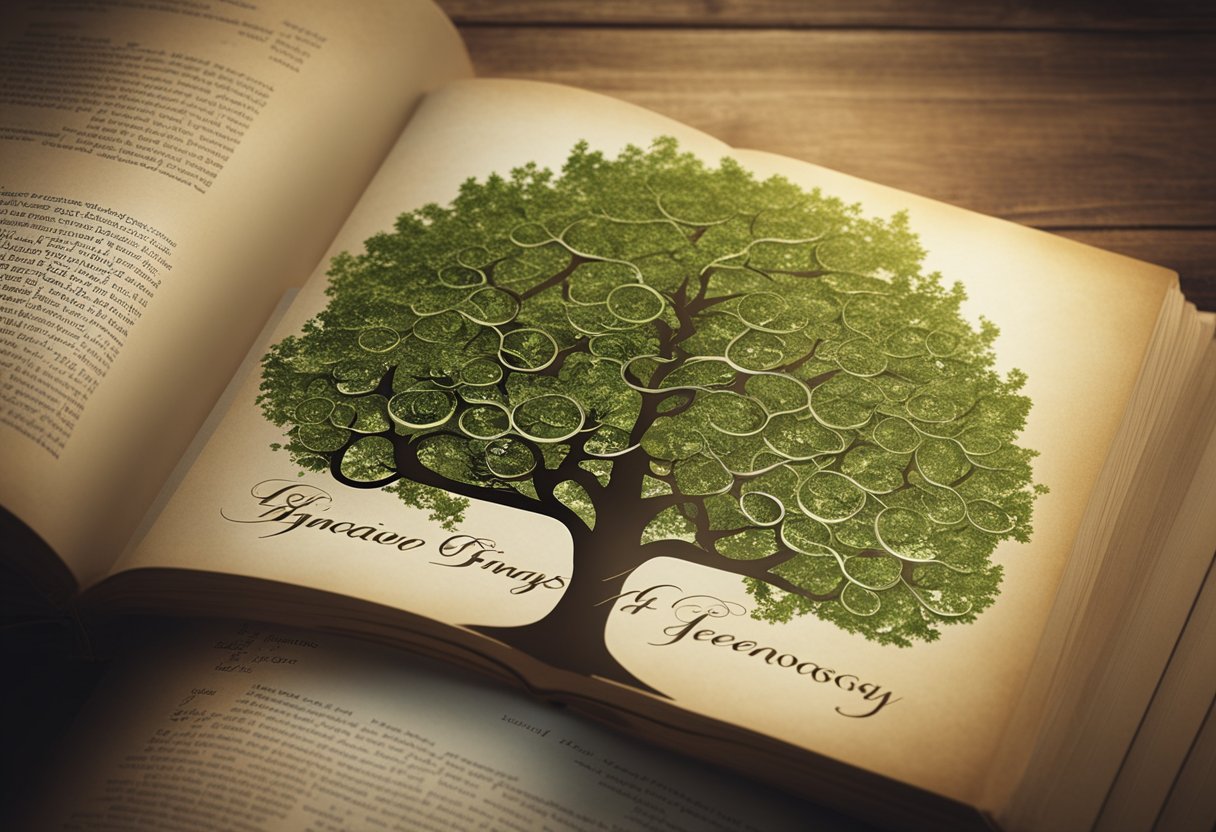
Genealogy is the study of family history and the tracing of lineages. When I started my journey into genealogy, I found it helpful to have a solid understanding of the basics to make my research more efficient and organized. In this section, I’ll share some tips that will help you get started with confidence and clarity.
First and foremost, it is essential to establish a clear research plan before diving into the process of building your family tree. Having a research plan helps me set specific goals and stay focused on what I want to discover about my family history. For example, you might want to find out who your immigrant ancestors were or trace your family lineage back to a particular time and place.
One standard practice in genealogy is to start with the information you already have about your immediate family. Gather and organize essential documents such as birth, marriage, and death records. You can also talk to your relatives and ask them for details about their parents and grandparents. Don’t forget to take notes, as these details will become the foundation for your family tree.
Additionally, I find it useful to be familiar with basic genealogical terms and conventions. For instance, understanding the difference between given names, surnames, and maiden names can help you when researching in various databases and records. As you learn more about your family’s past, you will likely come across dates, locations, and historical events that will give you more context and insight into your ancestors’ lives.
Online resources like FamilySearch and tools such as family tree software can help structure your research and connect with others who share your passion for genealogy. Don’t be afraid to ask more experienced researchers for guidance, as they can provide valuable tips and resources to help you in your search.
In conclusion, starting your genealogy journey can be both exciting and challenging. By understanding the basics, setting a research plan, and utilizing available resources, you can uncover the fascinating stories and connections that make up your family’s unique history.
Starting Your Family Tree
As a beginner in genealogy, it’s essential to set realistic goals and have a clear plan for starting your family tree. I’ll outline a few simple steps to help you begin tracing your roots and uncovering your ancestry.
First, I like to gather as much information as possible from my personal knowledge and home sources. This includes interviewing relatives and collecting documents, such as birth certificates, marriage licenses, and death records. By organizing these materials and creating a pedigree chart, I can easily visualize my family tree and identify gaps in knowledge that need to be researched further.
Next, it’s important to decide on specific goals for my family history research. For example, I may want to find out which ancestor first immigrated to the United States or uncover the heritage of a specific branch of my family. By narrowing my focus, I can efficiently organize my research and avoid getting overwhelmed by the vast amount of information available in genealogy resources.
Once I have a clear goal, it’s helpful to familiarize myself with different genealogy tools and databases, such as FamilySearch or Ancestry.com. These resources allow me to search for records on my relatives and ancestry, expanding my understanding of my family tree. Learning how to effectively search and navigate these databases will be crucial for finding the information I need.
Finally, remember that genealogy is an ongoing process. As I uncover more information about my family, I’ll need to continuously update my family tree and re-evaluate my research goals. This will help me stay engaged and motivated as my understanding of my ancestry grows.
By following these simple steps, I can confidently embark on the exciting journey of uncovering my family’s unique history and building a solid foundation for my family tree.
Collecting Family Stories and Documenting Memories
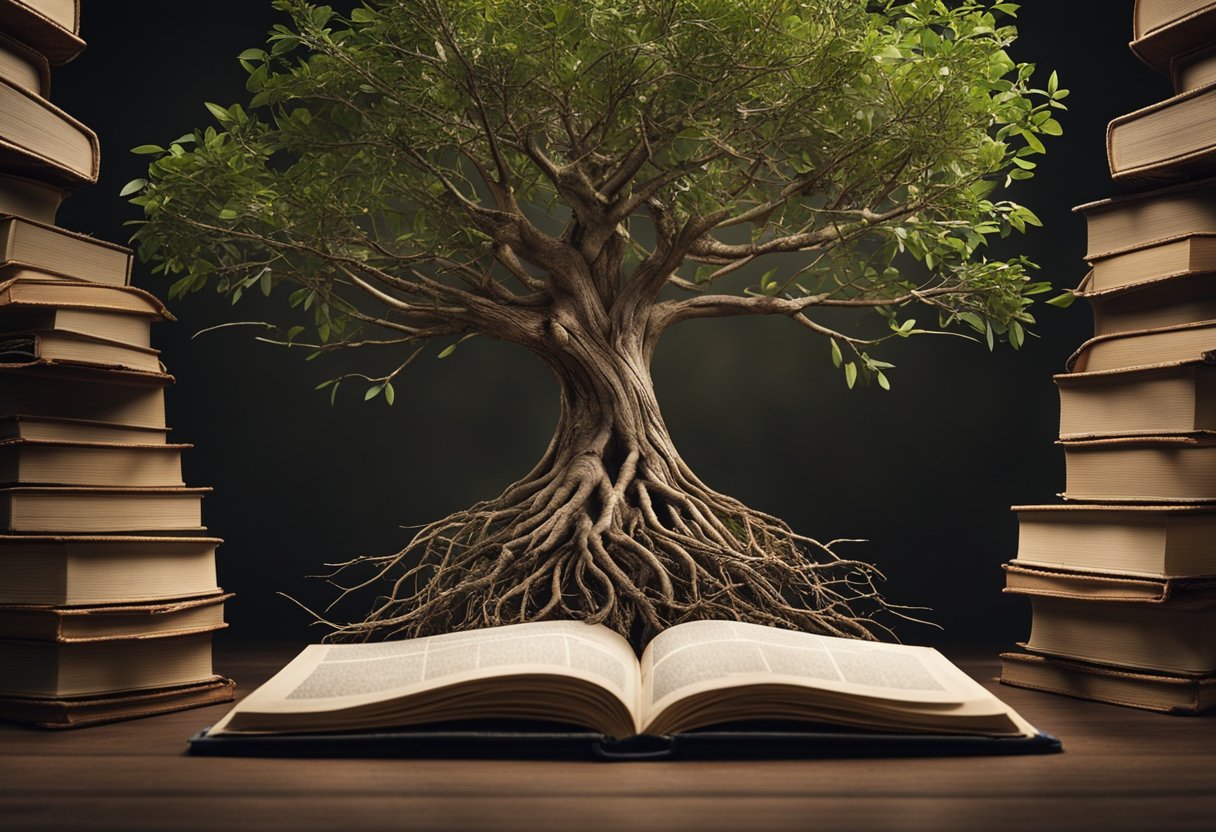
Preserving Oral Histories
One effective way to start a family tree is by collecting and preserving oral histories. I like to talk to older family members and ask them about their life experiences, stories, and memories. These conversations often reveal interesting details that can provide context and bring family history to life. When I interview relatives, I make sure to keep a recording device handy to capture these valuable conversations for future generations. This approach ensures that these memories are documented and preserved, even when the original story-teller may no longer be with us.
Treasures in the Attic
I find that exploring the attic or other storage areas in a family home can lead to uncovering hidden treasures. Art, heirlooms, and other objects of sentimental value can provide insight into the lives of our ancestors. I pay attention to dates, inscriptions, and other markings on these items which can hold crucial information for our genealogy research. Such artifacts help provide a more tangible connection to the past, and I make sure to document and preserve them as part of my family tree.
Letters and Wills
Another essential aspect of documenting family history and memories is collecting letters, wills, and other written records, which can reveal a wealth of information about our forebears. In my experience, old letters containing personal stories or detailing family events are particularly valuable. Wills can provide insights into inheritance patterns and relationships among family members.
To properly organize and preserve these documents, I create digital copies and transcriptions of the original materials, being cautious to store them in an easily accessible format. Also, I take the time to carefully analyze the content to extract key information that will help me build a more accurate and comprehensive family tree.
By focusing on the collection and preservation of stories, memories, letters, wills, and artifacts, I have the tools to construct a rich and meaningful family history that future generations can appreciate and cherish.
Understanding and Using Genealogical Document Importance
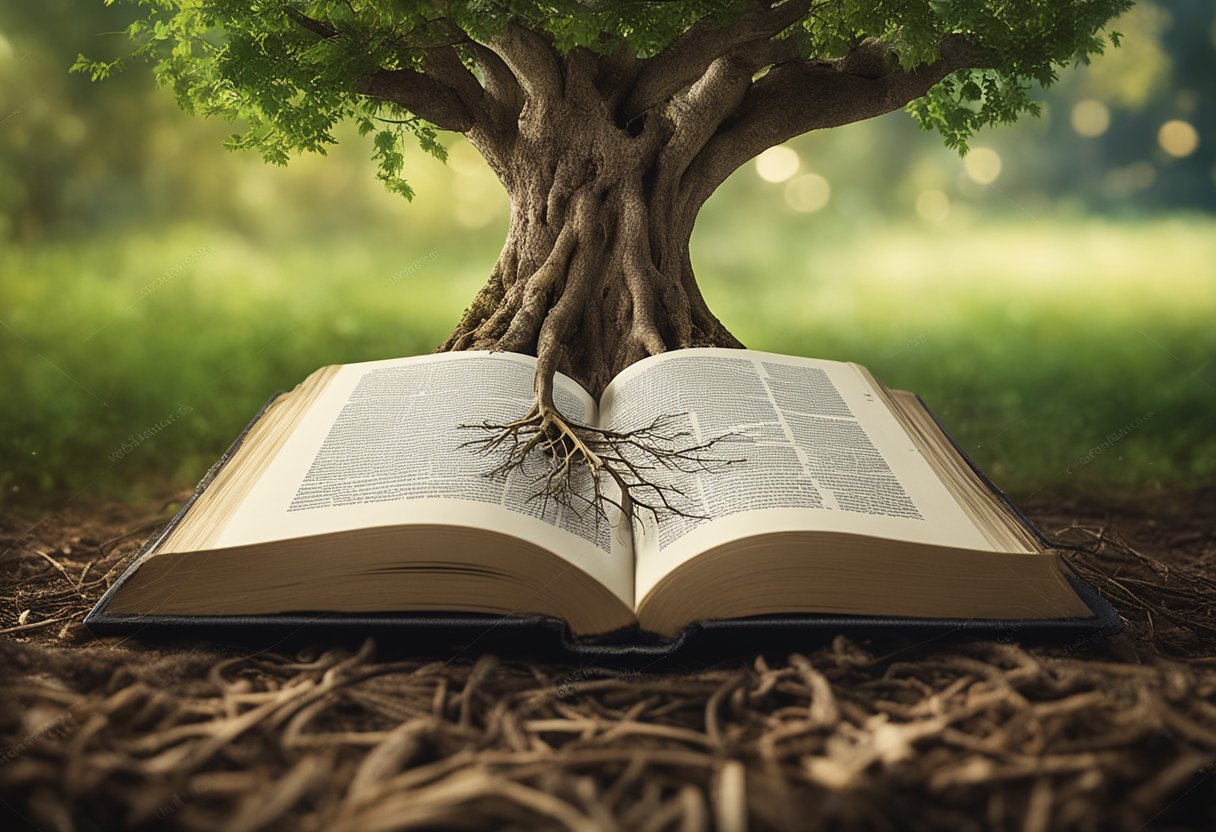
As someone passionate about genealogy, I understand the significance of examining and utilizing various kinds of records. These documents help in building a family tree, tracing ancestors, and understanding the events that shaped their lives. In this section, I’ll discuss vital records, courthouse and church records, and military and state archives.
What Are Vital Records?
Vital records are the essential documents related to an individual’s life events, such as birth, marriage, and death certificates. These records are crucial in genealogical research, as they often provide information on names, dates, and locations that can help connect family members. For me, exploring vital records has been a valuable tool in discovering my roots.
Courthouse and Church Records
Another important resource in my genealogy research has been courthouse and church records. These resources may contain:
- Land deeds
- Wills
- Court cases
- Baptisms
- Marriages
- Burials
Courthouse records hold valuable insights into my ancestors’ dealings with legal matters, property ownership, and family connections. Moreover, church records document ceremonies and religious affiliations, providing even more information in my quest to understand my family’s past.
Military and State Archives
Military records and state archives are essential in discovering ancestors who served in the armed forces. These records often comprise service records, pension files, and draft registrations. As I explored these records, I found information about my ancestors’ military service, the battles they participated in, and the impact it had on their lives.
State archives are another essential resource in my genealogy research. These archives may contain census records, immigration documents, and other historical records that reveal details about my family’s past.
Overall, the effective use of genealogical documents plays a vital role in tracing my roots and building a family tree. These records not only help me gather family history but also give me a greater understanding of the lives and experiences of my ancestors.
Organizing Your Family Tree Information
When I started my genealogy journey, one of the most important steps was to keep everything organized. It may seem overwhelming at first, but having a system in place will make everything more manageable and ensure I can locate the information I need with ease.
I chose to use software specifically designed for organizing genealogy data. Genealogy software helps me keep track of all my records, photographs, and research logs in one place. There are numerous options available, so I recommend looking into each one to find the best fit.
In terms of photographs, it’s essential to digitize and label all the photos I collected. I make sure to include as much information about the photo as possible, such as names, dates, and locations. Once the photos are organized, it’s also wise to back them up in multiple storage locations for added security.
To stay on track with my research, I maintain a research log. This log contains detailed notes of every search I’ve conducted, the information I’ve found, and any leads I plan to follow up on. This not only helps me remember what I’ve already done but also prevents me from duplicating my efforts.
Lastly, I found it helpful to share and collaborate with other family members or genealogy-focused communities. This allows me to leverage the expertise and knowledge of others while also making connections with those who share a similar passion in tracing their roots.
As long as I stay organized, the process of building my family tree becomes more manageable and enjoyable. Remember, patience and perseverance are key when tracing your roots, but the reward of uncovering your family’s history is truly invaluable.
Online Research and Tools
Internet and Message Boards
In today’s digital age, the internet offers a vast array of resources for genealogy research. One such resource is online message boards, where people from all over the world can connect and share information about their family histories. I frequently utilize these message boards to ask questions, gather leads, and learn about new resources that can aid in my family tree research. By participating in these online communities, I can connect with others who share my passion for genealogy and gain valuable insights.
Ancestry.com and MyHeritage
Two popular online platforms for genealogy research are Ancestry.com and MyHeritage. Both websites offer extensive databases of records, including birth, death, marriage, and census data. I have used both of these platforms to trace my family tree and find valuable insights about my ancestors. Additionally, these websites offer features like DNA testing and family tree building tools that can help further unravel the mysteries of my family history.
FamilySearch and Other Online Resources
FamilySearch.org is another valuable resource for genealogy research. It’s a free website that offers access to a shared family tree with over a billion unique profiles. I can search for my ancestors, see what others have contributed, and even connect with genealogy guides to help me in my research.
Besides these primary platforms, there are other websites like FamilySearch Wiki and the National Archives that provide beginners with essential information and guidance in starting their family tree projects. By using these vast online resources, I can make significant progress in my genealogy research and preserve my family history for future generations.
Implementing DNA into Your Research

As I begin to explore my family history, I find it essential to incorporate genetic genealogy and DNA research into my approach, allowing me to confirm or expand on the information I’ve gathered through traditional methods.
Firstly, I make sure to have a basic understanding of DNA test terms and choices before ordering a test. This knowledge helps me navigate the options and choose the test that best suits my needs.
There are different types of DNA tests available, each with their specific purpose and benefits:
- Autosomal DNA tests analyze the DNA inherited from both sides of the family, enabling me to identify potential relatives and common ancestors from a broad range of family lines.
- Y-DNA tests are taken by males and trace the paternal line, revealing information about a father’s ancestry. This test can provide relative matches and a paternal haplogroup, which can be helpful in breaking down brick walls in my father’s family line research.
- Mitochondrial DNA (mtDNA) tests can be taken by both males and females and look at the genetic markers of our mother’s maternal line. This test can extend back many generations and provide interesting insights about our maternal heritage.
When I get my DNA test results, I use the data in combination with traditional genealogical methods to identify connections and expand on my existing family tree. Genetic genealogy allows me to determine levels and types of biological relationships between my family members, supporting and enhancing my overall research.
In conclusion, implementing DNA into my genealogy research has proven to be a valuable addition to my family history journey. Understanding and using various DNA tests not only helps me confirm relationships but also discover new branches in my family tree.
Building a Research Plan
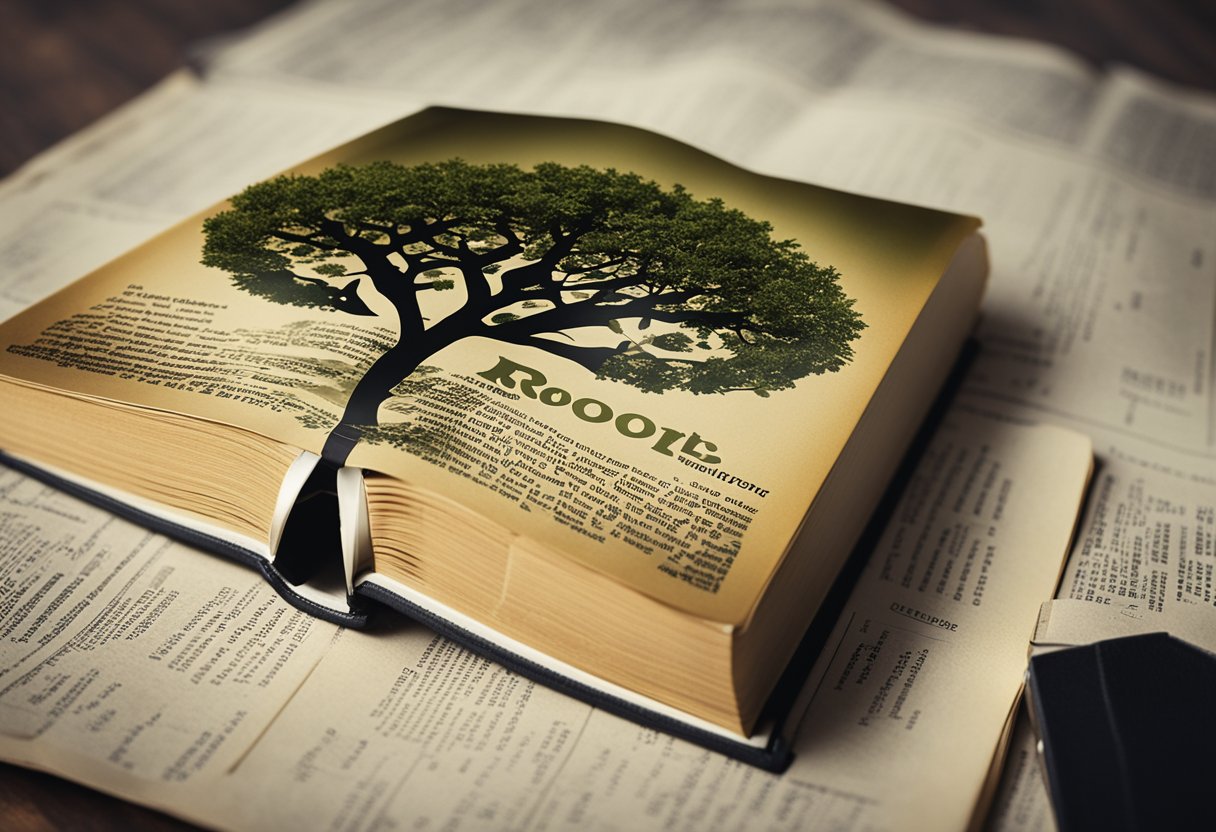
When I start tracing my family tree, building a solid research plan is an essential step in my genealogy journey. Creating a plan helps me identify goals, stay organized, and avoid duplicating efforts.
First, I set specific and achievable objectives for my genealogy research. For instance, I may aim to find the birthplace of my great-grandmother or learn about my family’s immigration history. This clarity helps me stay focused and use my research time efficiently.
Next, I gather and organize all the information I already have about my family. This includes documents, photos, and any existing research. I also make sure to keep my workspace organized, ensuring I have a clear mind when conducting my research.
One of the key tools in my research plan is a research log. I use this blog to document my research process, sources consulted, and any findings or discrepancies I encounter. This detailed record prevents me from repeating my efforts and makes it easier to pick up where I left off during each research session.
After setting up my research plan foundation, I identify and prioritize which resources to consult based on my objectives. This may include online genealogy databases, local archives, or even reaching out to distant relatives for additional information.
As I progress in my genealogy journey, it’s crucial for me to revise and update my research plan regularly. This allows me to adapt my strategies and set new, relevant goals as I uncover more information about my family history.
Visiting a Family History Center

I recently had the opportunity to visit a Family History Center in Salt Lake City, which turned out to be a valuable resource in my genealogy research. These centers, operated by FamilySearch, offer various tools and resources to help individuals trace their roots and build their family trees.
When I first entered the Family History Center, I was greeted by helpful staff who were eager to assist me in my research. They offered suggestions and guided me towards the best sources of information available in the center, such as microfilms, books, and maps. Additionally, they showed me how to access and navigate through many online databases specifically designed for genealogy research. One of the most helpful aspects of the center is how they have FamilySearch resources tailored for both beginners and experienced genealogists.
During my visit, I found it useful to have my family tree information organized and readily available. Before visiting, I suggest reviewing your family tree, identifying any gaps in your research, and setting clear goals for your visit. It’s also a good idea to create a FamilySearch account and input the first four generations of your family tree. This will help you get the most out of the resources available at the Family History Center.
One key piece of advice I can offer is to practice patience and persistence. Some records may be difficult to find or decipher, and it might take some time to uncover new information about your ancestors. However, with the help of knowledgeable staff and ample resources at the Family History Center, you’re bound to make progress in your genealogy research.
Visiting the Family History Center in Salt Lake City proved to be an enriching experience that provided me with new insights and information about my family’s past. If you’re looking to start your family tree or expand your genealogy research, I highly recommend visiting a Family History Center near you.
Frequently Asked Questions
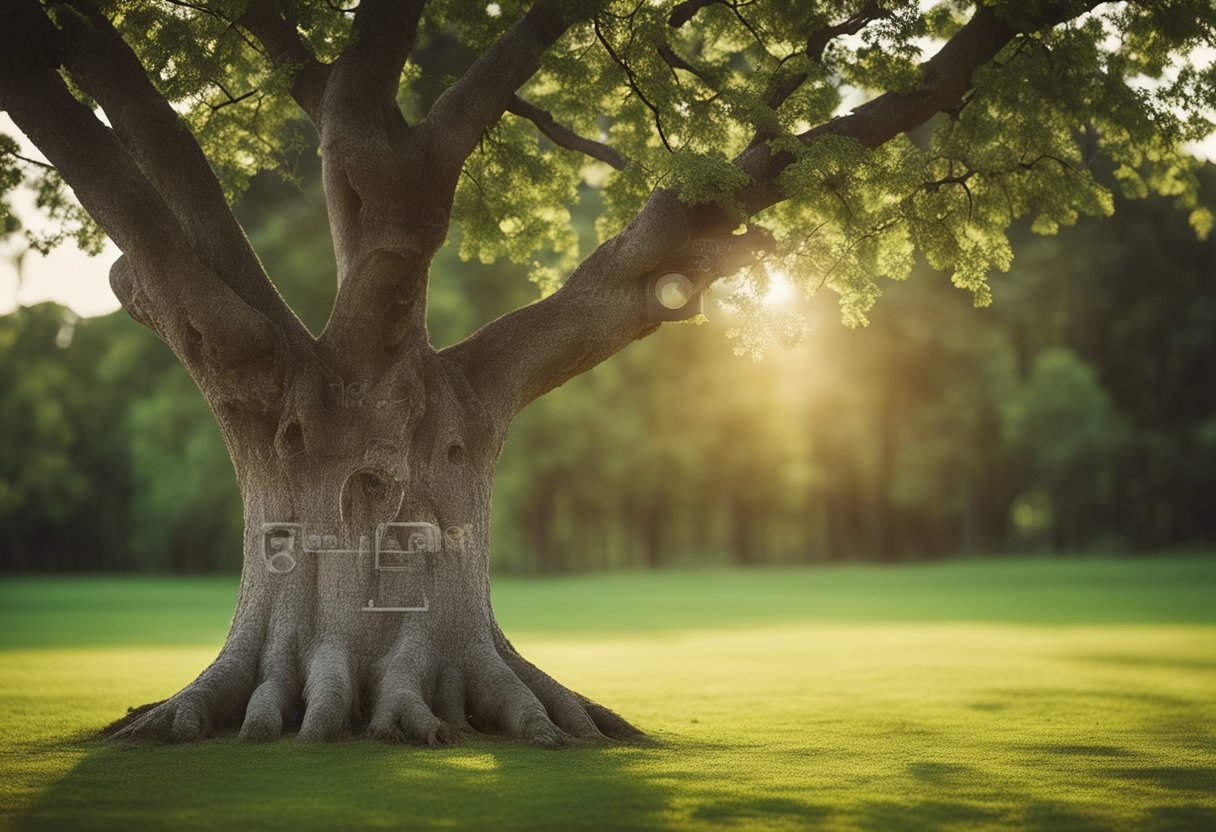
What are the first steps to begin my genealogy research?
To begin your genealogy research, start by recording your own personal information, such as dates and locations of your birth, marriage, and other life events. Next, gather information about your immediate family members and their life events. Consult relatives and family documents for details. FamilySearch offers helpful guidance for beginners.
Which free resources are available for tracing my family history?
Numerous free resources are available to help you trace your family history. Websites like FamilySearch and the National Genealogical Society’s Free Resources page are great starting points. Additionally, consider visiting local archives, libraries, and historical societies for regional records.
How do I create a family tree template from scratch?
Creating a family tree template from scratch begins with documenting your personal information. Then, continue by adding your parents, siblings, and other close relatives. Many online platforms, like FamilySearch, offer tools to create and maintain a digital family tree. Alternatively, you can manually draw a tree structure on paper or use software like Microsoft Word, PowerPoint, or Excel.
What are some tips for effectively researching ancestry?
To effectively research your ancestry, stay organized by keeping detailed records and notes about your findings. Investigate multiple sources, such as census records, military records, and newspaper archives, to corroborate your data. Online platforms like ThoughtCo can provide valuable tips and tactics for conducting thorough research.
How can I access genealogy libraries and archives?
Access genealogy libraries and archives by visiting national and regional institutions in person or by exploring their digital collections online. Many libraries have genealogy sections with records and resources, such as census and military documents. Moreover, consult websites like FamilySearch and the National Genealogical Society for links to libraries and archives.
Can I trace my family tree without using DNA tests?
Yes, you can trace your family tree without using DNA tests by conducting traditional research using historical records, documents, and oral histories. Interview family members, consult online resources, and explore local archives to compile information. DNA tests can complement traditional research methods but are not necessary to construct a comprehensive family tree.






